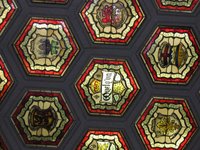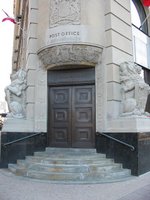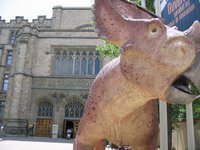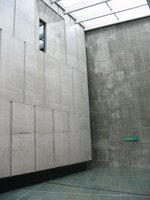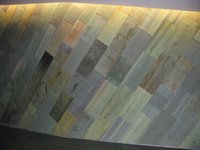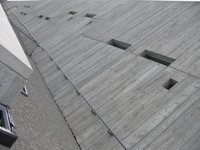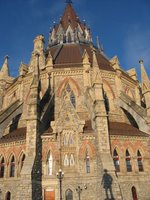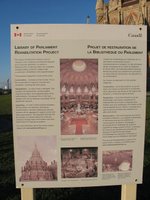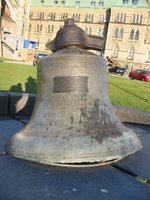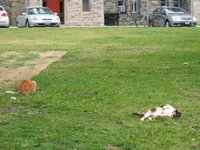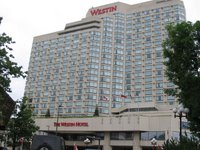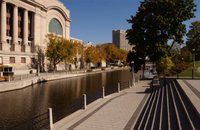Unable to attend the CLA Conference in Ottawa? Try a virtual tour! A virtual tour may be a photo gallery, a slideshow, an interactive map, etc. Some tours require your computer to have
Macromedia Flash Player or
Quick Time installed. Start your tour today!
Before we tour Ottawa, grab a virtual map. Here is a map of
Ottawa Libraries, but if want to see the cultural sites in Ottawa, then visit the
Ottawa Kiosk for area maps.
Arriving by plane? Tour the
Ottawa Airport. Pick up your bags on Level 1. Go to the Information Booth and purchase a package of (pink) bus tickets; it will save you a lot of money.

Take a taxi cab along the
Rideau Canal. Although we are enjoying warm weather, try to imagine the Rideau Canal during the winter when it becomes the
largest skating rink in the world (Guinness World Record)! Take a stroll down memory lane to learn more about the
history of the Rideau Canal.
Our taxi driver suggests we start our tour at
Parliament Hill (web cam). The Hill is busy today. Take a virtual tour of
Parliament Hill from the convenience of your wireless laptop while you enjoy a coffee across from the Hill. Looks like it is worth seeing in person. Plan a tour of
Parliament.
A couple of minutes later, we have walked to the Supreme Court of Canada. Fortunately, a virtual tour of the
Suprme Court is starting right now. After the Court, we continue our walk along the
Ottawa River.
We arrive at Library and Archives Canada where we pay homage as librarians. We take a quick tour of
Library and Archives Canada. A bit further we walk. Now, we can visit the
Canadian War Museum. Let's cross the Pont du Portage Bridge into Gatineau, Quebec.

This is turning out to be a longer walk than we expected, but we are getting exercise! Walking along the Ottawa River, we arrive at the Museum of Civilization. Consider touring the
virtual exhibits if you do not have a few hours to spend. Otherwise, take a
self-guided tour (PDF).
Take the Pont Alexandra Bridge back to Ottawa. You can visit the National Gallery of Canada and the Royal Canadian Mint in person. I was unable to find a virtual tour. With nice weather, we decide to walk the Prom. Sussex Dr. Although a long walk, it is overlooking the Ottawa River, and we can see some foreign embassies. We eventually arrive at our virtual tour of
Rideau Hall.

We could keep walking, but the last few tours are nowhere near us, and the sun has set. With a virtual tour, we can transport ourselves across Ottawa. The
Museum of Nature offers a virtual tour of its renovations. If you are hungry, then
Byward Market is the place to find food and souvenirs. The Market is "close" to the
University of Ottawa. I have stayed at the University of Ottawa, and it is possible to get an amazing view looking down the canal at Parliament. One can walk from the University across the Pont Laurier Bridge to take a virtual tour of the
Legislative Library.
Hope you enjoyed the tour!
----------
Photographs are the property of
Ottawa Tourism. Permission to use them is indicated on their website.



